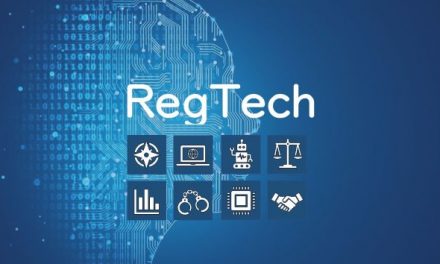Regulatory developments on anti-money laundering and counter-financing of terrorism (AML/CFT) over the last 12 months demonstrate a trend in increased standards expected of Hong Kong Financial Institutions (FIs).
FIs are expected to harness external data and new technologies, as well as implement new measures to mitigate AML/CFT risk. FIs in Hong Kong need to keep pace with the growing sophistication of AML/CFT compliance requirements and to have in place controls that are commensurate with the nature, scale and complexity of the FI’s operations.
Regulatory Developments within Hong Kong:
Two key developments in the AML/CFT space in Hong Kong in 2021 were: (i) the updated AML/CFT Guideline issued by the SFC, and (ii) HKMA’s continued push for FIs to harness external information and the use of new technologies for AML/CFT.
SFC Guideline on AML/CFT:
The SFC issued an updated version of the Guideline on AML/CFT (for Licenced Corporations) (AML/CFT Guideline) in September 2021, introducing amendments to align the AML/CFT Guideline with the Financial Action Task Force (FATF) guidance on a risk-based approach for the securities sector (FATF RBA Guidance). The SFC also sought to address some areas for improvement identified in the 2019 FATF Mutual Evaluation Report of Hong Kong, and to provide practical guidance to facilitate the implementation of AML/CFT measures in a risk-sensitive manner.
 The key amendments to the AML/CFT Guideline covered the following areas:
The key amendments to the AML/CFT Guideline covered the following areas:
- adopting an institutional approach to assessment of AML/CFT risks;
- considering a more holistic range of risk factors that FIs are exposed to depending on their specific circumstances;
- adopting a risk-based approach to simplified and enhanced customer due diligence (CDD) requirements;
- new CDD requirements and risk mitigating measures for cross-border correspondent banking relationships; and
- new measures to mitigate AML/CFT risks associated with transactions involving third-party deposits and payments.
Source: Regulation Asia news


























